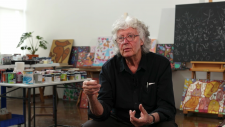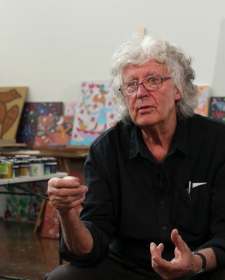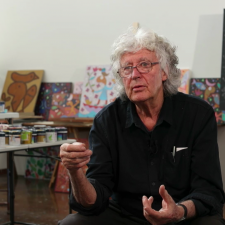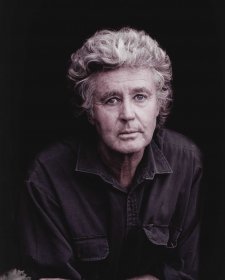Drawing is a primal kind of thing. It doesn’t speak to the mind, it speaks to the heart a bit more, and to the emotions and to the subconscious. And also that little bit of cheekiness and wanting to tread on the dangerous ground and skate on thin ice and take the risk of opening up something that was being hush hush, to say out loud what people were not saying out loud. And all very experimental. I didn’t know what I was doing, I was making it up as I went along. And I think that is the nature of art, to open yourself and to risk. But with goodwill. I wasn’t wanting to hurt. I was wanting to, you know, enliven the culture a little bit in my own way. I think that’s the artistic impulse – it’s an experiment. And maybe it works and maybe it doesn’t, but you don’t know, you’ve just got to try. I had to feel my way into it and suffer my way into it because I often got it wrong. It’s not about getting it right; it’s just about getting it real and genuine as you can. All you’ve got to offer is yourself, your own experience, your own kind of philosophy, that’s all you’ve got.
I was never sure of what I was doing. But I had somehow a bit of courage enough to just say what I thought but try and make it into a form, like a poetic form, something that wasn’t just bland, me blabbing on about what I thought, it was trying to be lyrical and evoke something and the mystery of life.
So that’s what a cartoonist does, a political cartoonist in the tradition. You ask improper questions, but you do it in a sort of charming, accessible way. And you express what is repressed.













